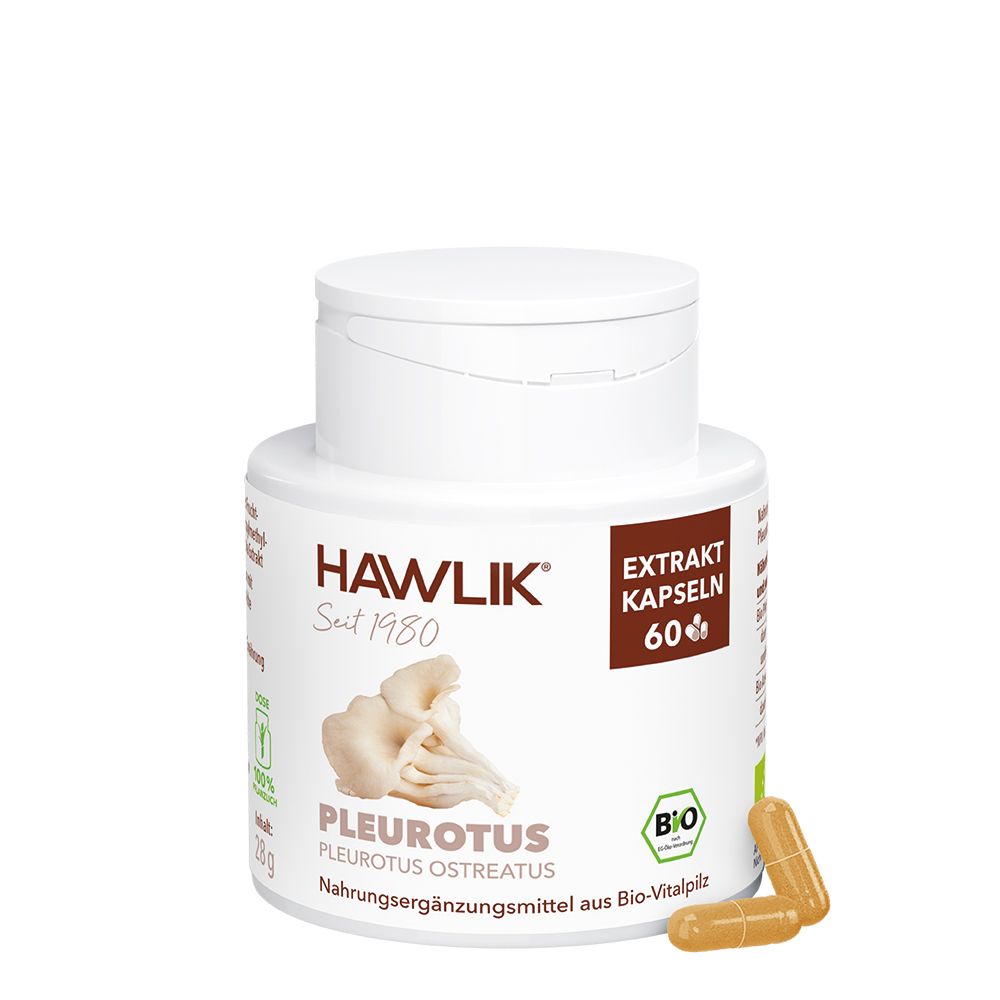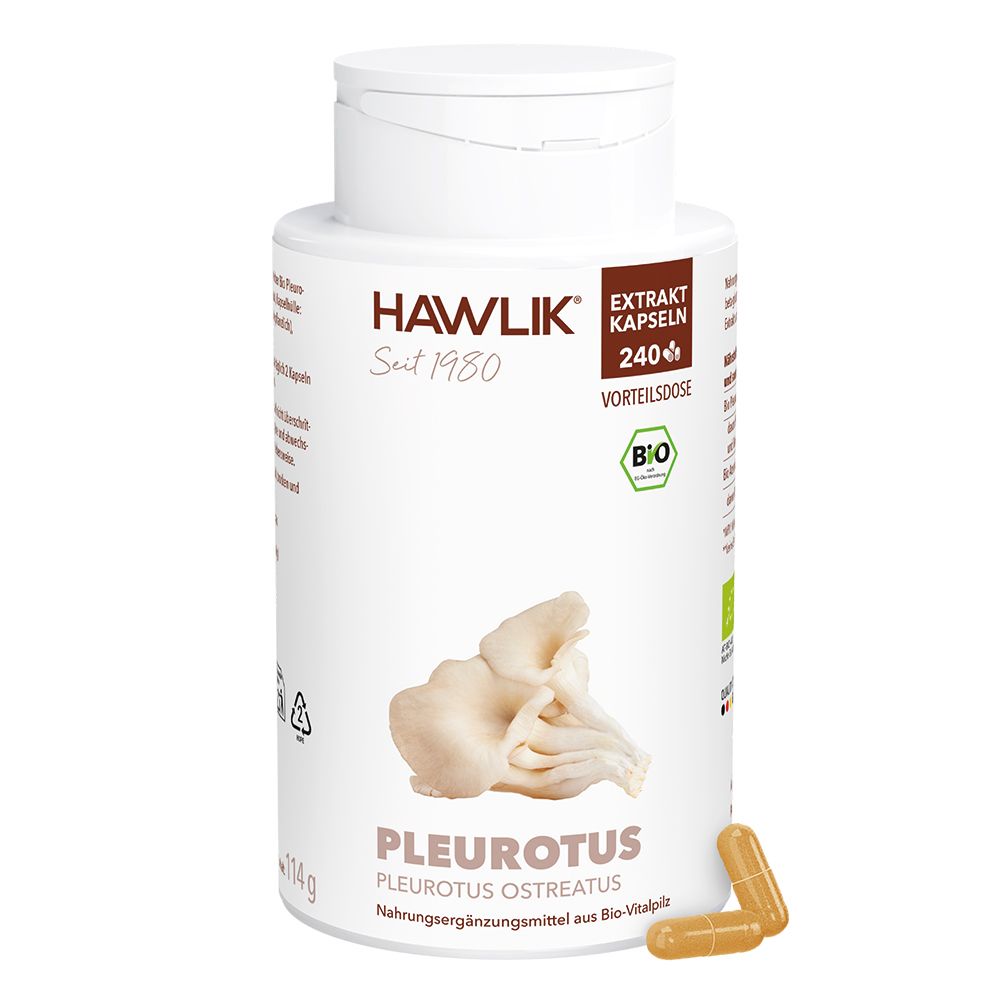Origin, cultivation and use of the oyster mushroom Pleurotus ostreatus
Where does the oyster mushroom grow?
Due to its tender, yet firm, fillet-like consistency and veal-like flavor, the oyster mushroom Pleurotus ostreatus is sometimes called the veal mushroom. In Asia, it is also known as hiratake, tamogitake, or ping gu. The oyster mushroom, which is primarily known from Asian cuisine, has a close European relative from the oyster mushroom genus, which has become extremely popular again in recent years: the brown oyster mushroom (Pleurotus eryngii). This mushroom is, however, considerably more difficult to cultivate than the oyster mushroom and has a more delicate flavor and a consistency more like a porcini mushroom. Although the oyster mushroom is primarily known from Asian cuisine, it grows worldwide in temperate and subtropical forests. It primarily infests deciduous trees; it is extremely rare to find it on conifers. In Germany, the common beech is its preferred substrate. It usually spreads on trunk wood and thick branches, sometimes reaching heights of several meters. In Central Europe it is a frequent guest in deciduous forests.
Cultivation of oyster mushrooms
Oyster mushrooms are also extremely easy to cultivate and thrive on virtually any substrate, from coffee grounds to straw to paper. Accordingly, they are also well-suited for home cultivation to meet your own needs.
Use of the oyster mushroom
The oyster mushroom is one of the three most important cultivated mushrooms in the world, along with the button mushroom and the shiitake mushroom – certainly due to its ease of cultivation. It plays a central role in Asian cuisine, but is also finding its way onto more and more European dishes. Especially since more and more people are adopting a vegetarian diet, it often serves as a tasty meat substitute. The oyster mushroom has also long been valued as a medicinal mushroom in various cultures.
Ingredients of the oyster mushroom Pleurotus ostreatus
The oyster mushroom is rich in a balanced range of nutrients, including protein, fiber, minerals, and vitamins. This makes it a particularly healthy component of a balanced diet, but its beneficial properties also make it important as a medicinal mushroom. Of particular note is its high content of vitamin C and folic acid, as well as B vitamins, which help combat oxidative stress. It also contains the mushroom-specific polysaccharide pleuran, which is of scientific interest and is currently the subject of research.
Pleurotus: This dosage form of the oyster mushroom can be purchased from Hawlik
As with all medicinal plants, the concentration of constituents in untreated mushrooms can vary considerably. Therefore, standardized processing, as ensured by Hawlik medicinal mushroom products, is recommended for the use and dosage of the oyster mushroom Pleurotus ostreatus. In our shop, you can purchase oyster mushrooms in the following dosage forms:
Pleurotus extract capsules
Highly concentrated dosage through extraction. This is done using a patented process proven in traditional Chinese medicine that releases the polysaccharides from the chitin shell of the mushroom, making them more readily available to the human body. With an extra dose of vitamin C, which increases the body's ability to absorb the polysaccharides. Each capsule contains 300 mg of oyster mushroom extract, including 90 mg polysaccharides, and 15 mg of high-quality Ester-C® (11.9 mg vitamin C). Dosage: Take two Pleurotus extract capsules twice daily with plenty of liquid with meals.


